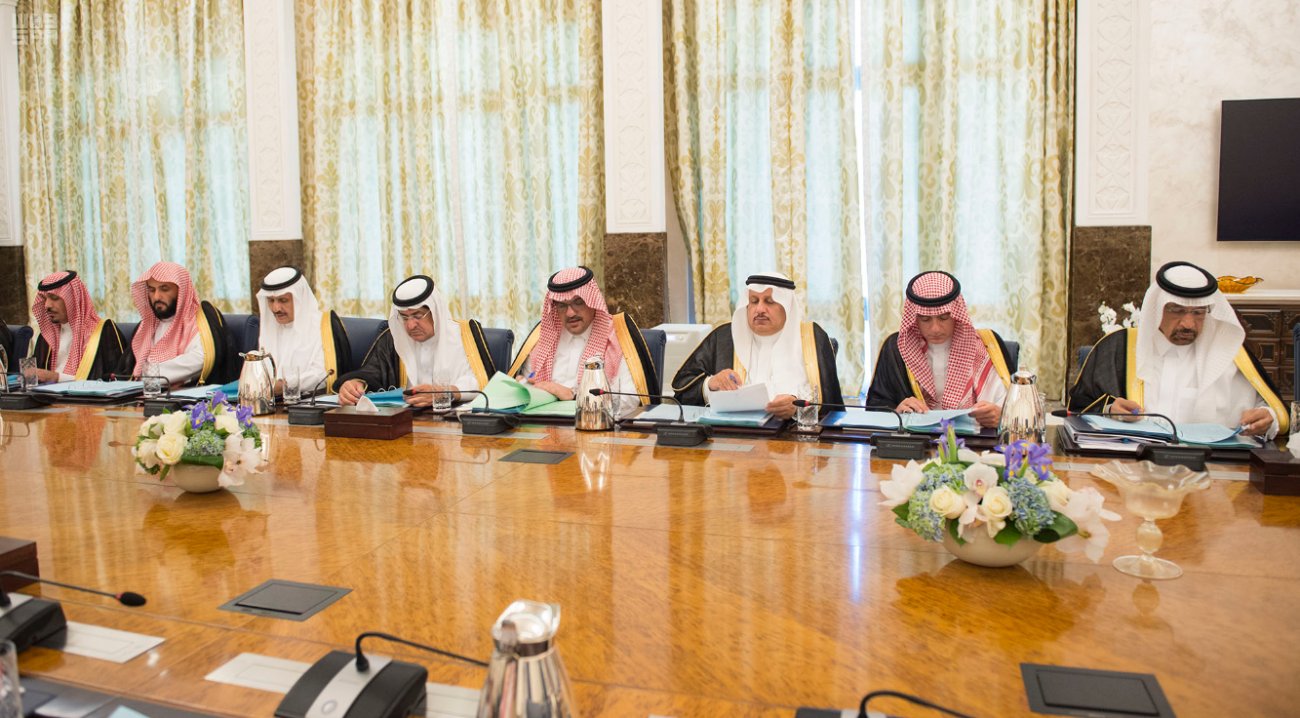Saudi Arabia’s total government revenue soared in Q2 2018 compared with the same period last year, according to a recent report by Jadwa Investment.
Revenue jumped to SR273 billion ($72.7 billion) in Q2 2018, up by 67 percent, or SR110 billion ($29.3 billion), year-on-year.
Non-oil revenue saw a rise of 42 percent year-on-year, and government oil revenue rose by an even higher rate during the quarter, to a total of SR184 billion ($49 billion), according to Jadwa Investment.
“The large rise in oil revenue was due partly to a switch to quarterly dividends, as highlighted by the Ministry of Finance (MoF) previously, and, as such, a part of Q1 oil contributions were received in the Q2,” the Riyadh-based Investment firm noted. “The government’s efforts to raise non-oil revenue through structured economic reform continues to bear fruit with this segment rising by 42 percent year-on-year.”
Most of these gains came from “Taxes on goods and services,” which nearly tripled year-on-year, to SR29.7 billion ($7.9 billion). During H1 2018, a total of SR52.3 billion ($13.9 billion)had been raised via ‘Taxes on goods and services’, which represents 62 percent of the budgeted SR85 billion ($22.6 billion) for the whole of 2018 under this segment.
As a result of a rise in yearly revenue at a faster rate than expenditure, the fiscal deficit narrowed to just SR7 billion ($1.7 billion) in Q2 2018, pushing the H1 2018 fiscal deficit to SR41.7 billion ($11.1 billion), according to Jadwa.
“Looking ahead, we expect oil and non-oil revenue to continue rising at faster rate than expenses on a yearly basis. That said, higher than budgeted government revenue will not result in higher government expenditure, but rather, it will contribute to lowering the fiscal deficit.”









